iSWOOP Transforms (2018)
Description
Nest boxes, vernal pools, caves, eucalyptus groves. Such places and the wildlife dwelling in and around them attract scientists, park rangers, informal educators and the public as well. Monarch butterflies particularly capture attention. Among all the pollinators in the news, their cross-continental journey and transformation remind us of ISWOOP’s mission to transform the way science is communicated to the public in natural places.
The iSWOOP project brings together scientists, educators and park rangers to increase STEM learning opportunities for National Park visitors. This transformative model includes the development of compelling visualizations about the innovative methods that scientists use to study the natural world. These visualizations and the conversations they fuel help rangers reveal how we know what we know.
Since its pilot in 2015 at Carlsbad Caverns National Park, the project is now active in four more National Parks. In 2017 iSWOOP flew beyond the borders of national parks, expanding its partnerships to include the US Fish & Wildlife Service, California State Parks, and Mexico (Monarch Butterfly Biosphere Preserve). Through this new partnership, iSWOOP-affiliated wildlife biologists are experimenting with innovative technological approaches to better estimate the Monarch population and are committed to establishing a public education strategy to increase awareness and support for science-based approaches to conservation.
iSWOOP collaborates with students, volunteers, educators, artists, and scientists.
If you’re interested in learning more about iSWOOP, please visit us at www.terc.edu/iswoop
NSF Award: 1514776

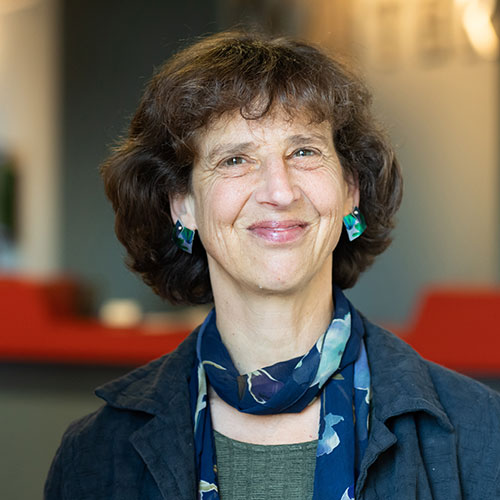
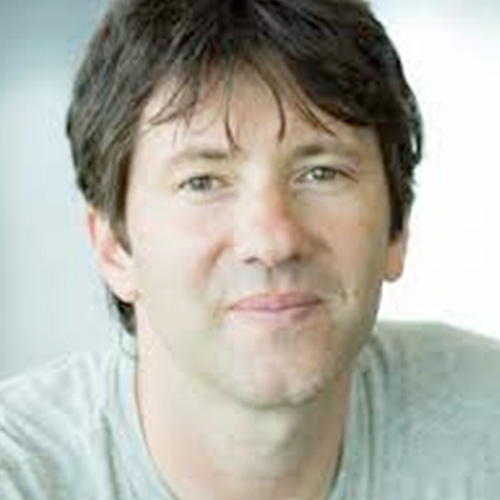
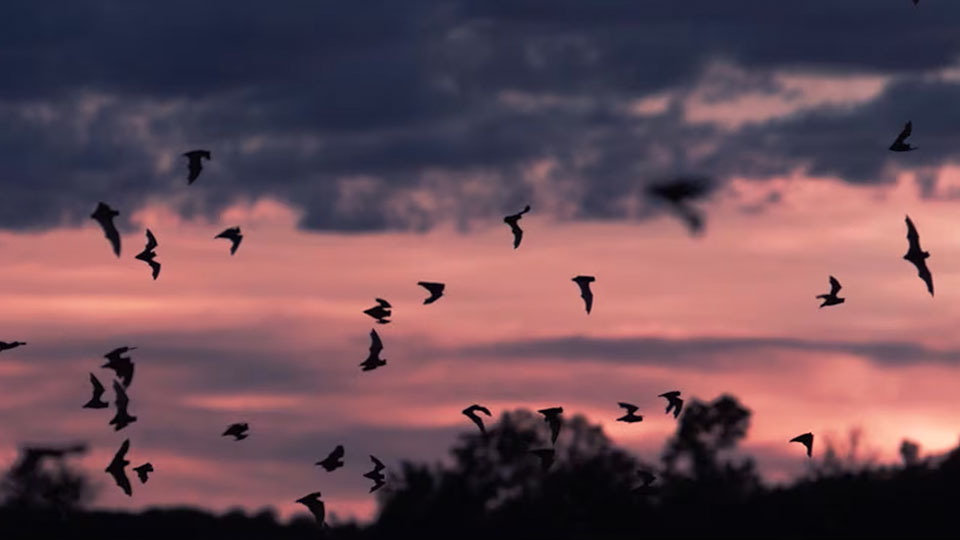
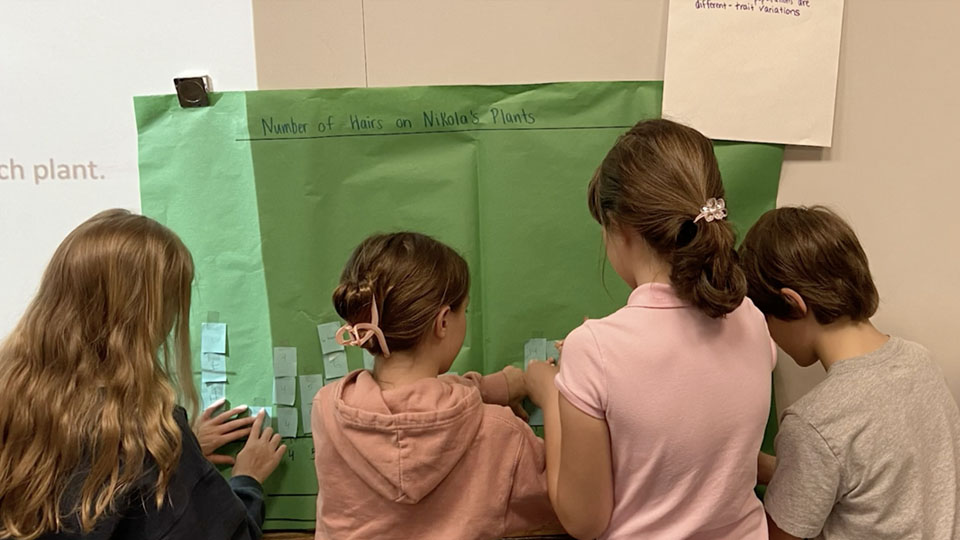
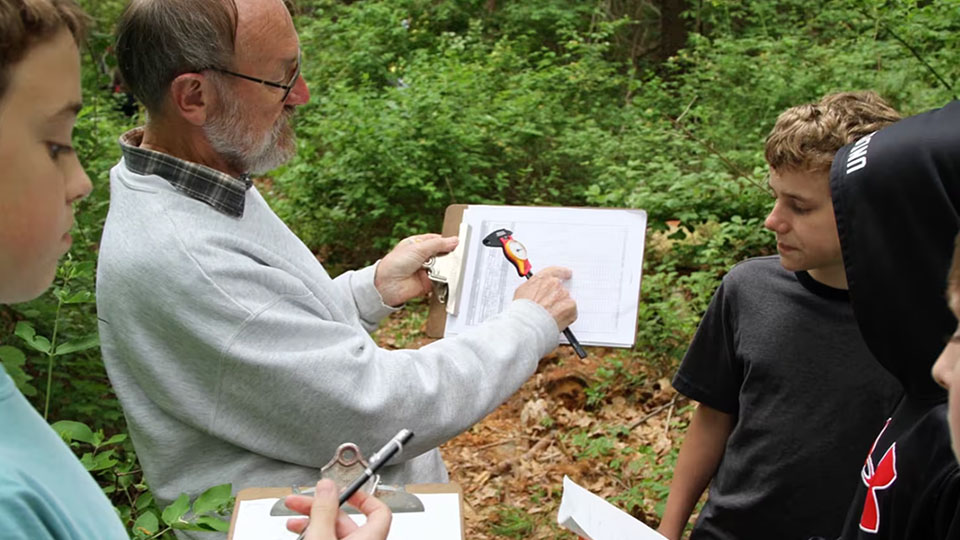
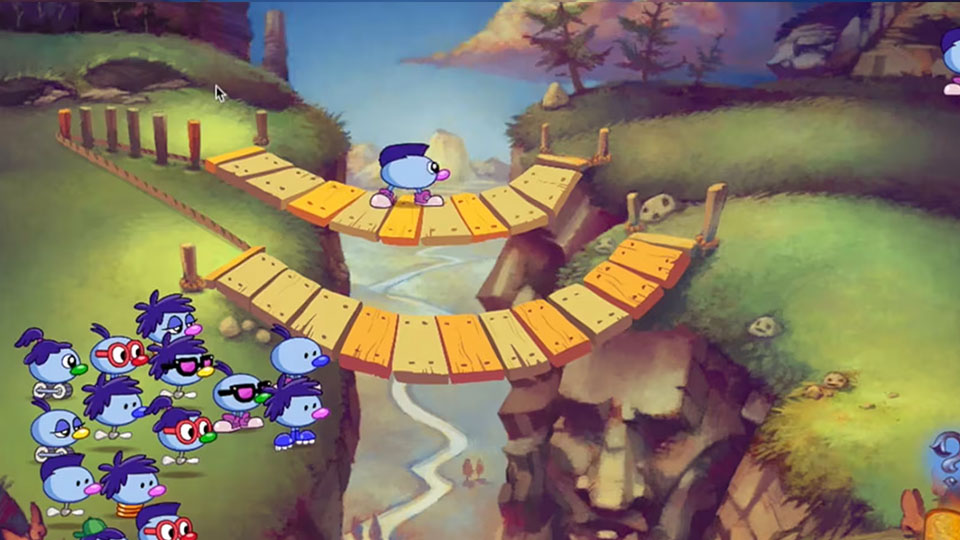
Several students were from the North Carolina School of the Arts. They talk about their experience in one of the other videos–iSWOOP Transforms. A few have changed career paths to pursue science/documentary work though their courses at NCSA were geared toward narrative filmmaking.
Nick and Louise were the ones who taught undergraduates. By the time I came along, students were recruiting other students. Nick and Louise vetted students by taking them on local field trips and seeing how they interacted. Nick, with students’ help developed and refined what he refers to as NASP. https://blog.terc.edu/if-it-has-to-last-nasp
We’d love more people to promote and adopt NASP.